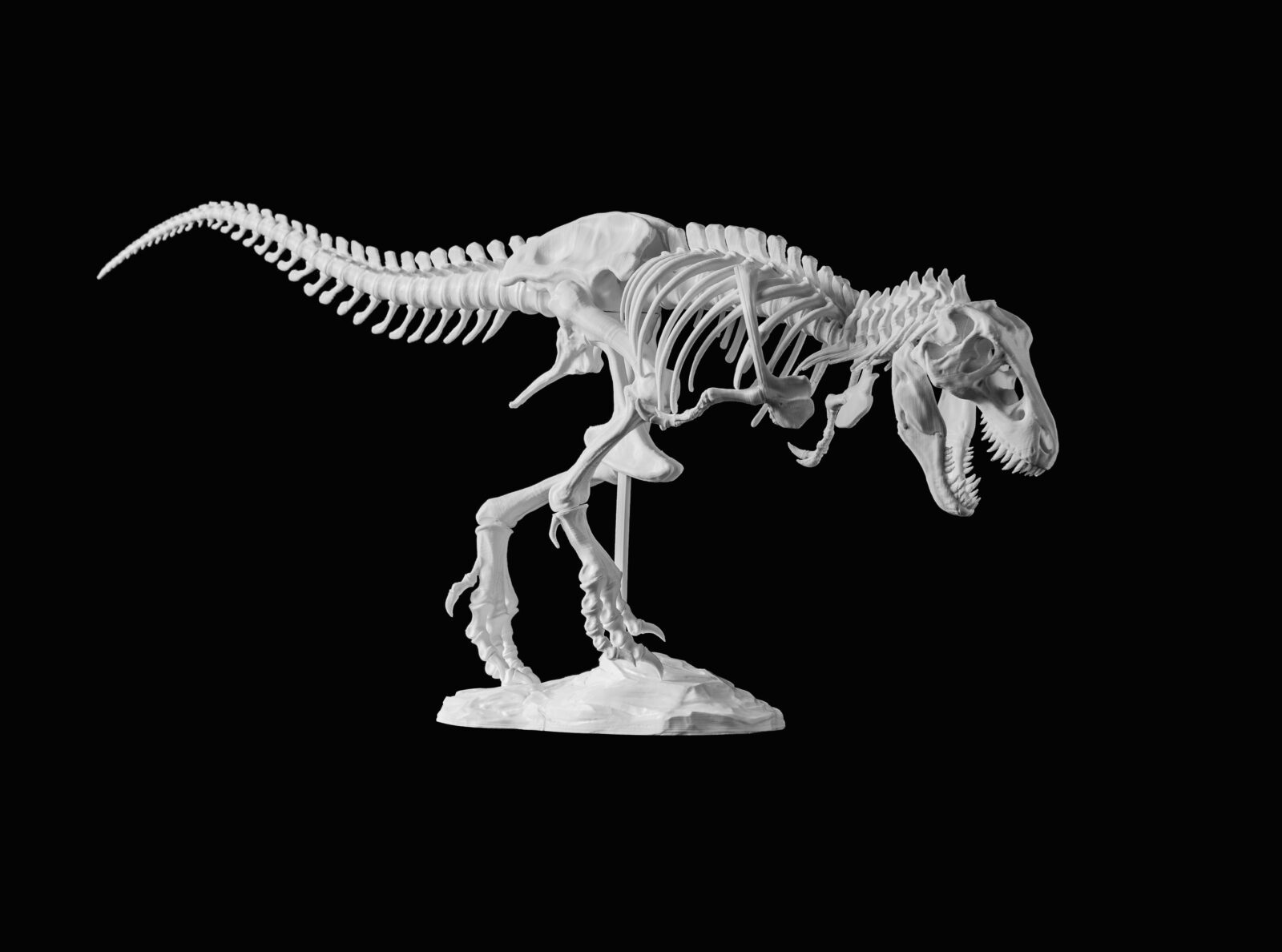A new species of dinosaurs has been found in Argentina by paleontologists; it resembles a Tyrannosaurus rex in many respects, including having a large head and short limbs. If there is one thing that the Tyrannosaurus rex is famous for, besides its bone-crushing jaws, it is the dinosaur’s little arms. Since the beginning of the scientific discipline, paleontologists have been at a loss to explain a particular aspect of dinosaur anatomy. However, Tyrannosaurus was not even close to being the first dinosaur to have such minute appendages. Meraxes gigas, a massive dinosaur that consumed the meat and had remarkably small forelimbs, was only recently described by a group of paleontologists from all over the world.
According to a news release, the dinosaur was around 36 feet in length and weighed more than four tons. It was a member of the Carcharodontosauridae family of dinosaurs. However, it wasn’t until much later when the bones were eventually extracted from the rock that they were encased in that it became evident just how distinctive the theropod dinosaur would be. Not only was this theropod a previously unknown species, but it also ranks among the most intact examples of its family that has been found to date.
The name of the species comes from a dragon that appears in the books “A Song of Ice and Fire,” which served as the basis for the television series “Game of Thrones” on HBO. Juan Canale, who is the project lead for the research and works at the Ernesto Bachmann Paleontological Museum in Argentina, said that there is no direct link between Meraxes gigas and T. rex, despite the fact that both dinosaurs may have had short arms.
According to him, Meraxes gigas became extinct around 20 million years before the period of T. rex. Per the press release, researchers have discovered that the limbs of a dinosaur would have been proportionally smaller the greater its head was. The design also indicates that the arms might be shortened to provide some advantage in certain situations.
If paleontologists knew that some of the most recent carcharodontosaurs possessed short arms, it would assist them pinpoint when these dinosaurs first began changing. Meraxes demonstrates that later relatives of this family had much smaller limbs in comparison to the earlier carcharodontosaurs, which had longer forelimbs, such as the fin-backed Acrocanthosaurus.












Leave a Reply